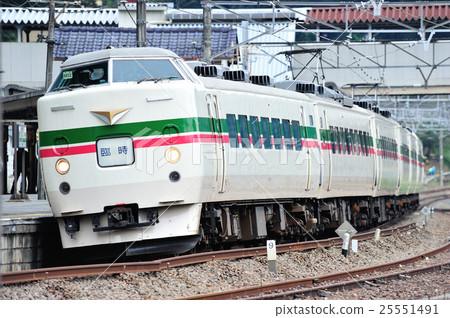Understanding the Central Line in London’s Transport Network

Introduction
The Central Line, one of the most crucial components of London’s extensive underground network, plays a vital role in facilitating the movement of millions of passengers across the city daily. Opened in 1900, this iconic line stretches 46 miles from West Ruislip to Epping and serves 49 stations. As London continues to evolve, the importance of the Central Line has only increased, highlighting its relevance in discussions about urban transport and infrastructure.
Recent Developments
In recent months, Transport for London (TfL) has implemented various initiatives to improve the service on the Central Line. Following network upgrades in 2023, including enhanced signaling technologies, train capacity has increased, allowing for more frequent services during peak hours. Additionally, innovative ticketing options are now available, such as contactless travel and mobile ticketing, making it easier for commuters to navigate the system smoothly.
Impact on Commuters
The enhancements on the Central Line have generated positive feedback from commuters who rely on this service for their daily travel. According to a recent TfL survey, 78% of respondents reported improved satisfaction levels, citing reasons such as reduced waiting times and less crowded trains. Furthermore, the introduction of new customer service initiatives aims to assist those unfamiliar with the system, particularly tourists visiting London.
Challenges Ahead
Despite these advancements, the Central Line faces ongoing challenges. The demand for transportation in London is expected to continue growing, putting further pressure on the network. Resilience during peak travel times remains a concern, with many trains still experiencing overcrowding. TfL is actively addressing these challenges through investment in infrastructure improvements and service enhancements.
Conclusion
The Central Line stands as an essential artery within London’s transport framework. With its recent upgrades and improvements, it aims not only to meet the current transit needs of a bustling metropolis but also to prepare for future demands. As London continues to develop, the Central Line will be pivotal to maintaining the city’s connectivity and the overall satisfaction of its commuters. For residents and visitors alike, understanding and utilizing the Central Line will remain key to navigating the capital effectively.
